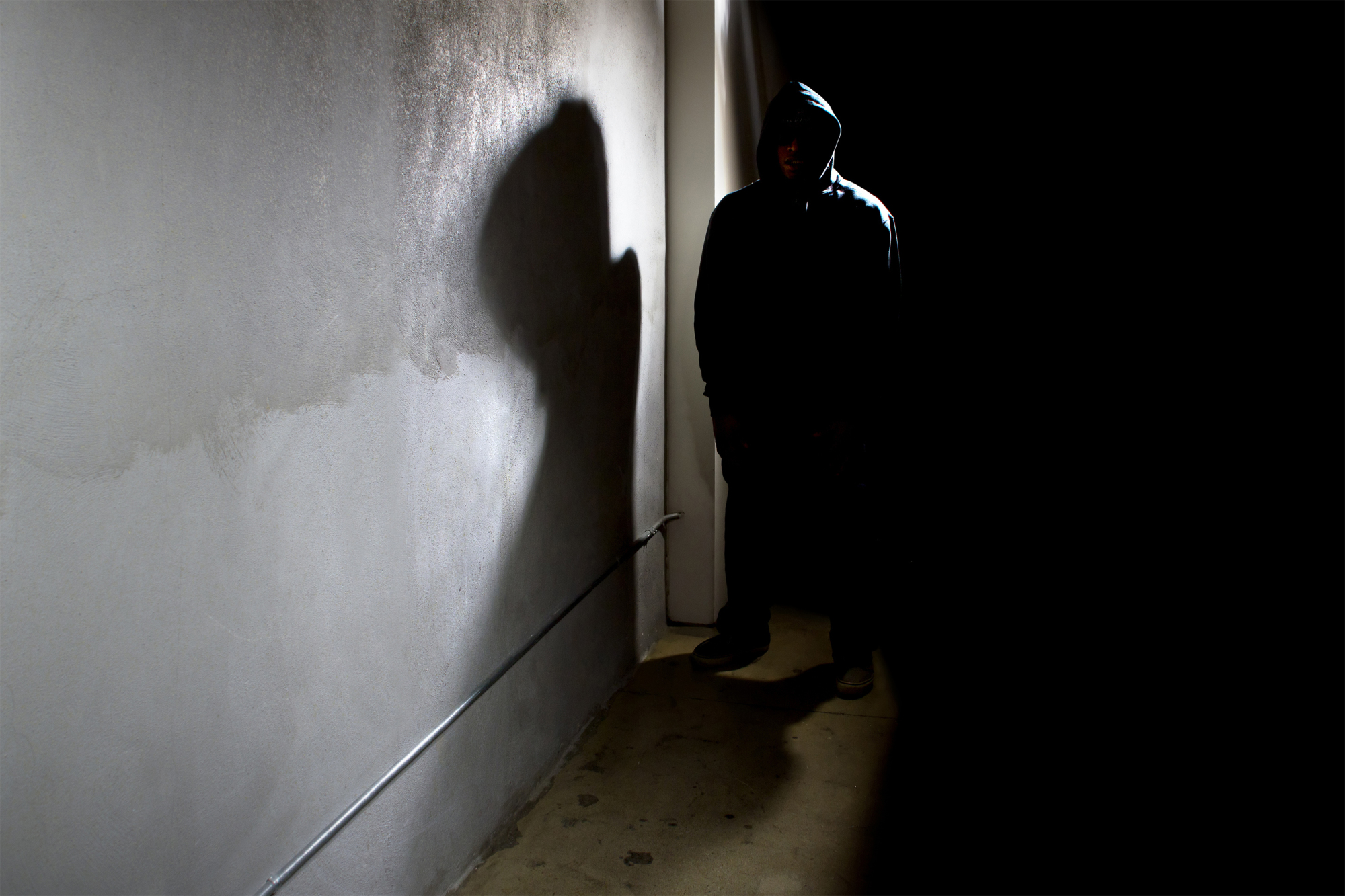As a visit to any large public library or online search will reveal, Japan boasts a superb body of crime literature, both fiction and nonfiction. Among these, English readers may be most familiar with a half-dozen works by Seicho Matsumoto (1909-92). Many of his novels, such as "Kuroi Fukuin" ("The Black Gospel," 1959) were loose reconstructions of actual events.
Matsumoto's nonfiction work included "Nihon no Kuroi Kiri" ("The Black Mist of Japan"), which was serialized in the monthly Bungei Shunju magazine in 1960. It featured accounts of baffling incidents in the immediate postwar period such as the enigmatic Teikoku Bank murder-robbery of 1948, and the mysterious death of Japan National Railways President Sadanori Shimoyama in 1949.
Koji Kata (1918-98) was another author who produced a massive body of work, much of which concerned historical crimes spanning the Edo, Meiji, Taisho and early Showa eras (from 1600 to the 1940s). He published several histories about Japan's most celebrated bandits, brigands and thieves of yore, and can be credited with having penned the insightful observation, "Nobody ever set out in life with the ambition of becoming a yakuza."



